AUDIO-GD R-8 MK2
Balanced Discrete R2R DAC Amanero 384 FPGA CPLD 32bit 384kHz DSD512

The Audio-GD R-8 MK2 is a high quality, balanced R2R DAC with an exceptional design that provides both musical and accurate sound reproduction.
Jitter
In order to completely eliminate the impact of jitter on the incoming signal, the R-8 MK2 uses an asynchronous clock system. The asynchronous clocking system first reads and stores the source signal data in RAM, ignoring the clock signal, and uses the high-performance Accusilicon oscillators at the output of the RAM. Since the data and clock are managed by the FPGA, the impact of jitter is negligible. The key to this transmission method is to ensure data integrity for clear, natural sound reproduction.
MK2 Version
This MK2 version of the R-8 has undergone a long period of testing, measuring, listening and adjusting at all levels of the circuit. It uses a stabilized power supply using discrete servos for battery-like performance. The converter stage uses this stabilized power supply, where analog circuits use a pure Class A power supply. The improvements and new features of the R-8 are as follows:
- Discrete components integrated into a balanced design: Four sets of discrete, independent hardware DSD decoders and eight sets of discrete R2R conversion modules to create a balanced two-channel push-pull decoder. The noise level is comparable to that of a battery, without the drawbacks of a battery power supply.
- A mode can be activated to enjoy the characteristic sound of a vinyl turntable.
- The USB and HDMI inputs are equipped with independent isolators and linear power supplies to limit interference: the USB uses a bidirectional isolator that sends the I2S signal to the FPGA and receives the synchronous clock signal from it. The USB interface no longer uses its own clocks, a synchronous signal is used for more accurate transmission and improved sound quality.
- The R-8 MKII now displays the sample rate of the source signal.
- The digital/analog conversion circuit uses an FPGA and five CPLDs to drastically limit interference. The FPGA works in parallel. The I2S transmission is done in series. This design allows a faster signal processing and less sensitive to the accuracy of the clock. The I2S inputs are organized in two sets of 32-bit parallel data, the SPDIF in two sets of 24-bit parallel data. DSD signals are organized into two parallel 64-bit sets. This design results in a more neutral and accurate sound with better dynamics.
- Two Accusilicon clocks with frequencies of 90 and 98MHz provide perfect synchronization to the entire device. The new clock management design provides better stability for better transparency.
- DSD signals use an asynchronous clock for greater accuracy.
- SPDIF supports DoP playback.
- All digital modes are accessible and modifiable via the front panel buttons.
The benefits of R2R
The R2R design has many advantages, the most obvious being:
- The R2R does not convert the clock signal to the output signal.
- This design is not sensitive to jitter.
- The output signal is more accurate.
FPGA / CPLD
The FPGA and the five CPLDs are largely responsible for the high sound quality provided by the R8-8 MK2. In particular, they are responsible for the following points:
- The FPGA integrates a high performance SPDIF demodulator.
- They combine a clock system and FIFO technology for data output for precise synchronization and thus effective jitter rejection.
- The R-8 MKII incorporates 2X, 4X and 8X digital filters as well as various NOS modes.
- A mode allows to simulate the sound reproduction of a vinyl turntable.
Discrete output stage
The analog output stage is connected directly behind the DA-7 modules, without using SMD components. The high speed ACSS amplifier is used to amplify and process the signal. It uses a negative feedback design. The output buffer uses an unbalanced FET-based design, with each group connected in parallel for a lower output impedance. The DAC incorporates 4 AOPs to provide the DC servo function and therefore does not require a coupling capacitor, to avoid added noise or sound coloration.
A powerful power supply
The power supply stage of the R-8 MK2 is particularly impressive with 3 high performance R-Core transformers, for a total power of 135W and more than 30000µF of filter capacitors, ensuring a clean and stable electrical signal. The power supply for the digital circuits is distributed by nine low noise, high speed PSUs. The analog circuits use four groups of pure Class A PSUs to power the output amplifiers.
Technical characteristics
| SPECIFICATIONS | |
|---|---|
| Product type | DAC |
| Inputs | 1x HDMI (I2S) 1x USB (I2S) 1x XLR 1x BNC 1x Coaxial 1x Optical |
| Outputs | 1x XLR 1x RCA 1x ACSS |
| SNR | > 120dB |
| Output impedance | < 5Ω (XLR, RCA) |
| Output level | RCA : 2.5V XLR : 5V ACSS : 2+2mA |
| Frequency response | 20Hz - 20kHz |
| THD | < 0.1% |
| Input sensitivity | Coaxial : 0.5Vp-p (75Ω) Optical: 19dBm USB / HDMI : 3.3V |
| Compatible OS | Windows, OSX, Linux, ISO |
| Supported sampling rates | USB, HDMI : PCM up to 32bit 384kHz, DSD up to DSD512 Coaxial : PCM up to 24bit 192kHz Optical : PCM up to 24bit 96kHz |
| GENERAL | |
|---|---|
| Supply voltage | 220-240VAC 50/60Hz |
| Consumption | 40W |
| Weight | 12kg |
| Dimensions | 430 x 445 x 80mm |
| Package | 1x Audio-GD R-8 MK2 1x Power cable 1x USB Cable |
Đang cập nhật
Đang cập nhật

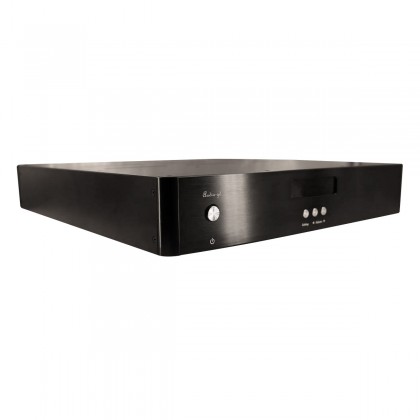
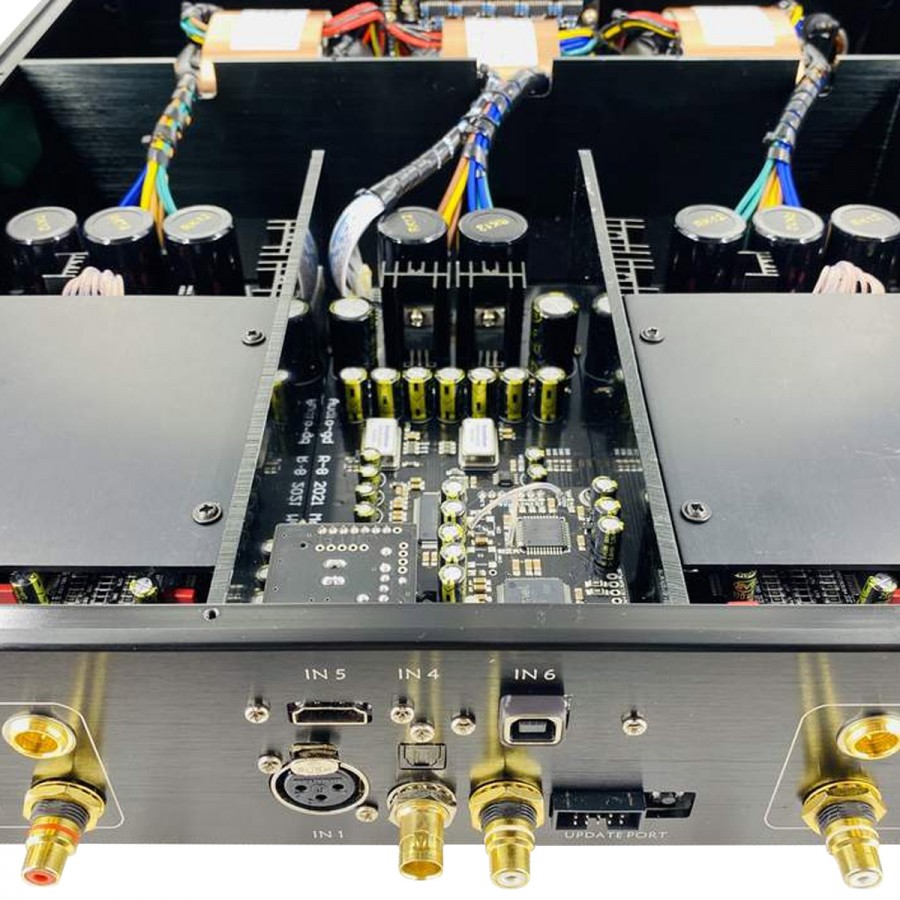
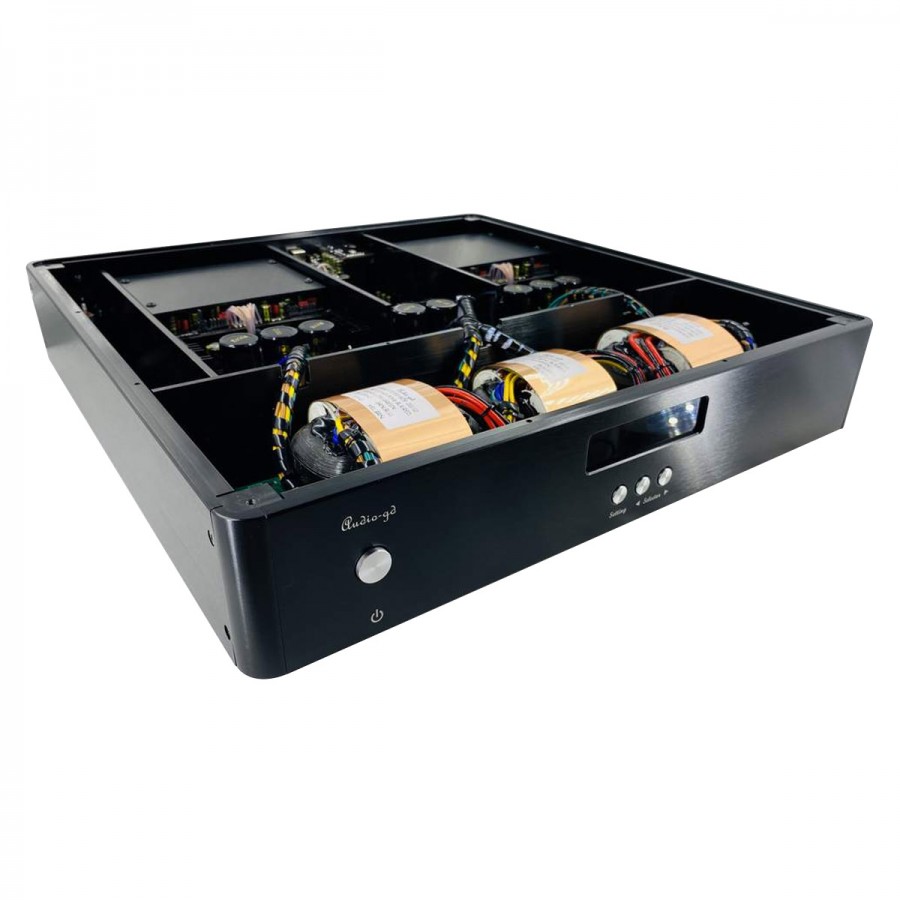
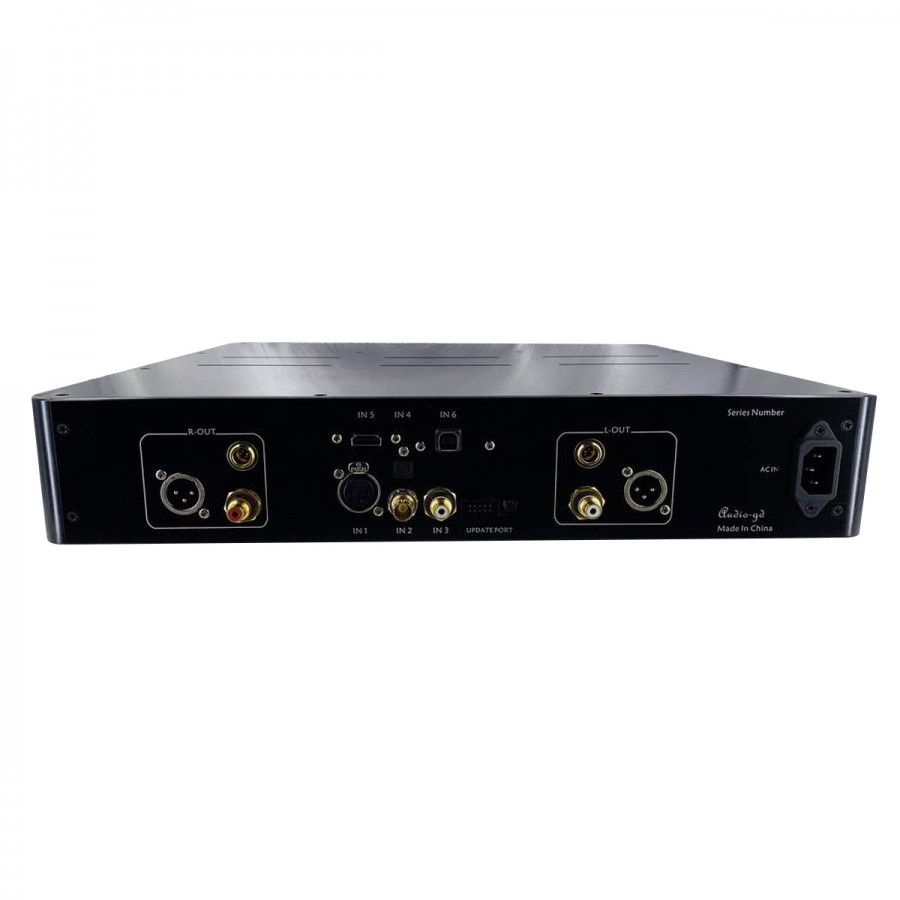
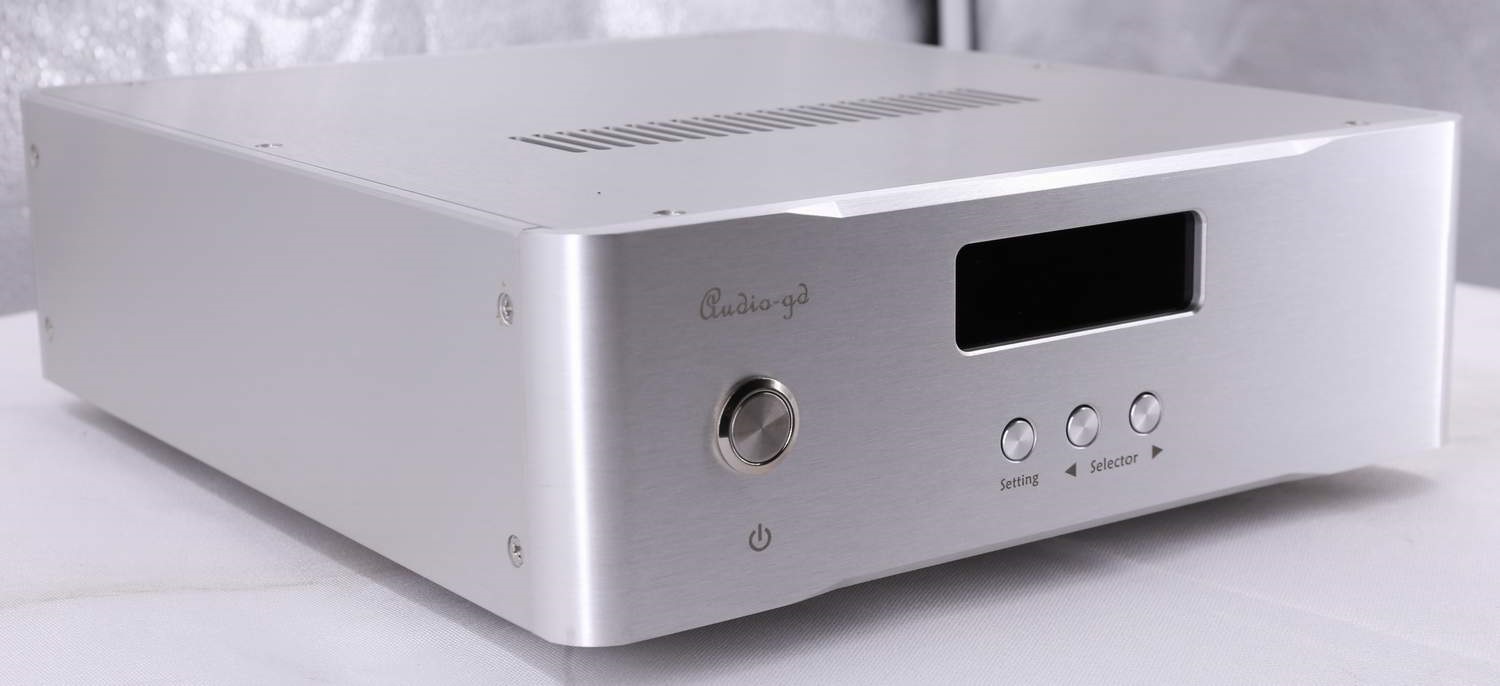
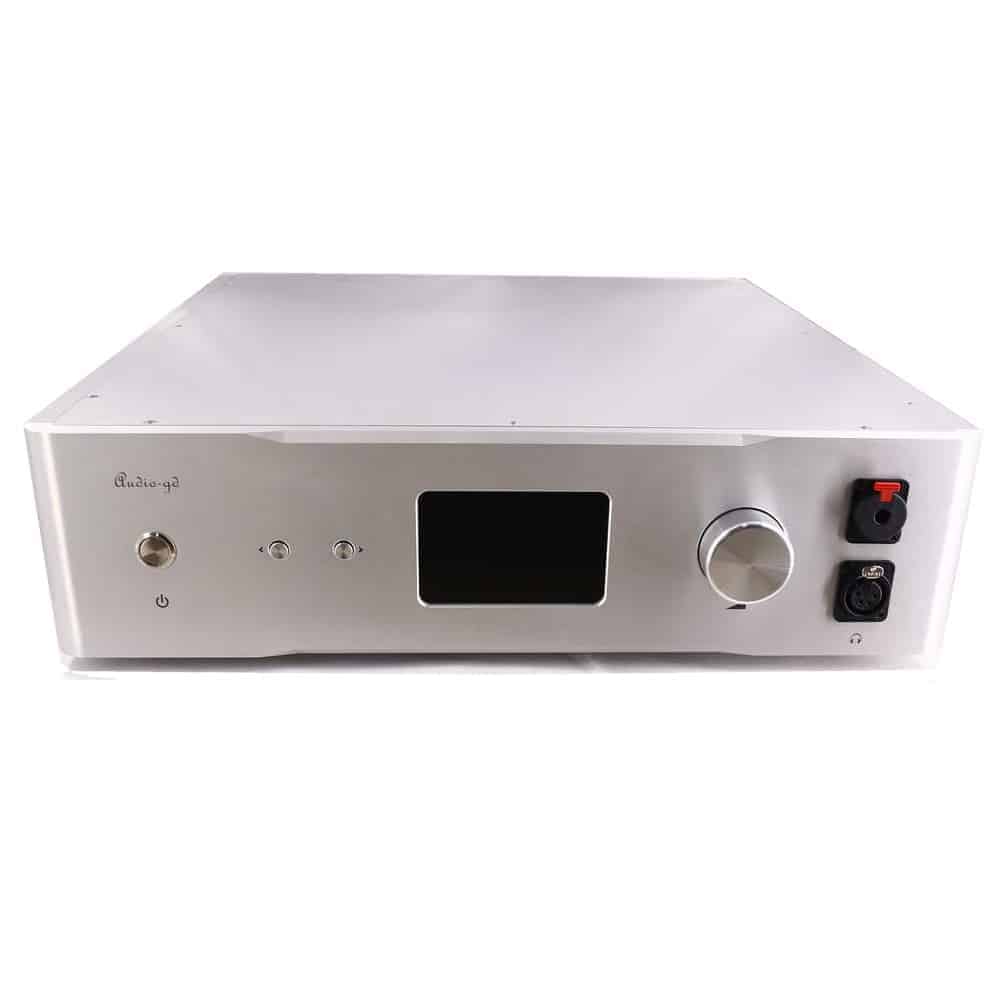





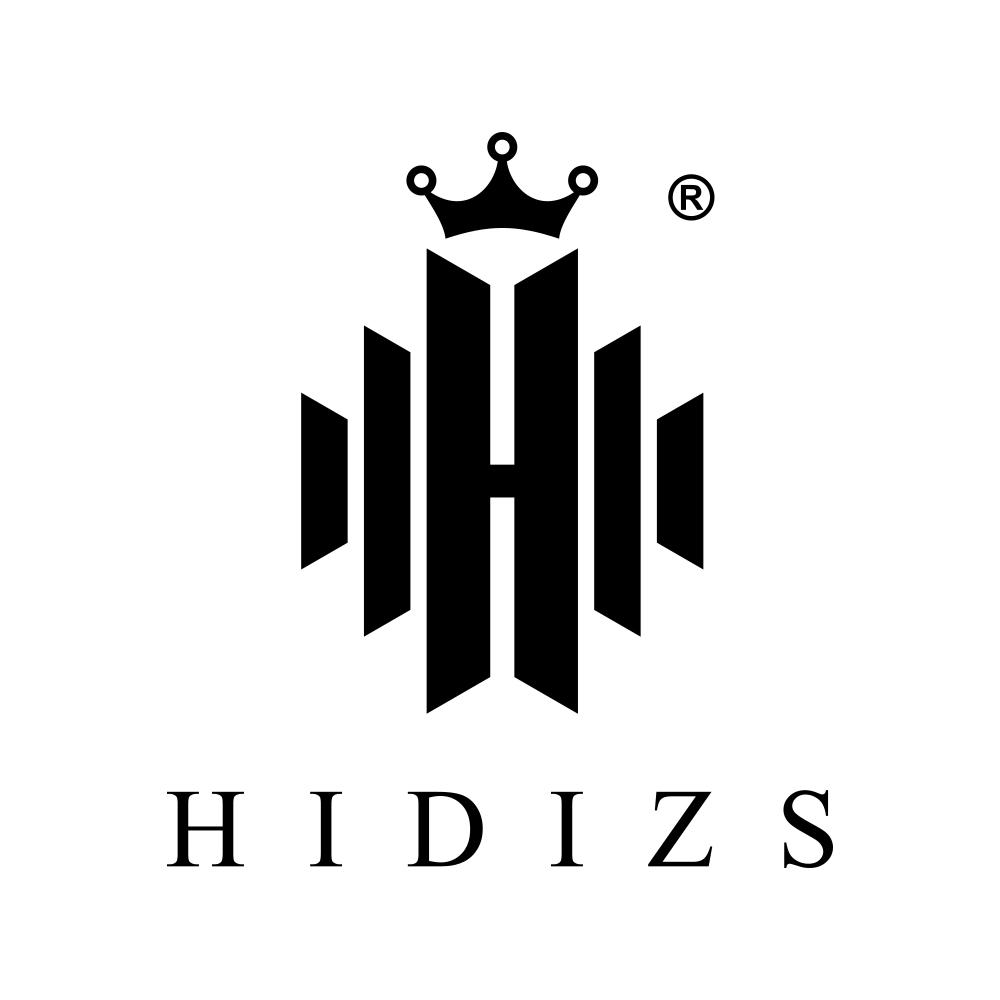




.png)





